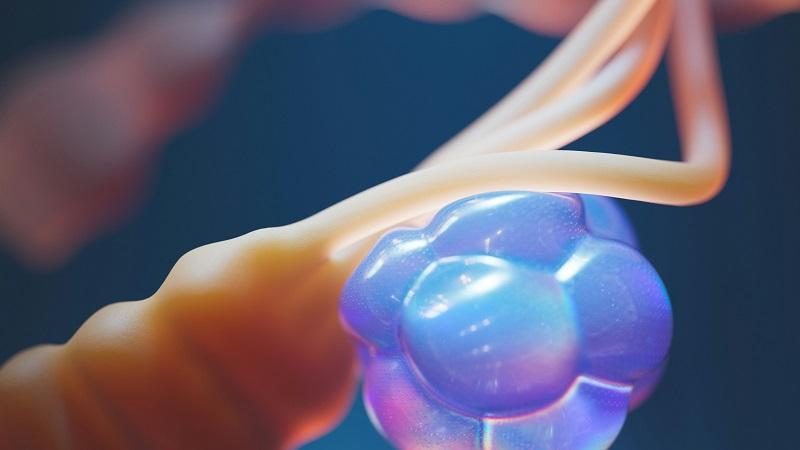Introduction: The Microscopic Revolution
In the past few decades, the field of microscopy has undergone a remarkable transformation. Traditional light microscopes, which have been used for centuries, are limited by the diffraction limit of light, which restricts their resolution to approximately 200 nanometers. This means that structures smaller than this limit cannot be distinguished. However, with the advent of super-resolution microscopy, scientists can now peer into the nanoscale world with unprecedented clarity. This article delves into the principles, techniques, and groundbreaking applications of super-resolution microscopy.
Breaking the Diffraction Limit
The diffraction limit, described by physicist Ernst Abbe in the 19th century, represents a fundamental barrier in traditional microscopy. According to Abbe's law, the resolution of a microscope is determined by the wavelength of light used and the numerical aperture of the lens. For visible light, this translates to a resolution limit of around 200 nanometers, which is insufficient to visualize many cellular structures and molecular interactions.
Super resolution microscopy, however, circumvents this limit using ingenious techniques that exploit the properties of light and fluorophores. By precisely manipulating the excitation and emission of fluorescent molecules, these methods achieve resolutions down to a few nanometers, revealing a previously unseen world.
Techniques of Super-Resolution Microscopy
There are several techniques under the umbrella of super-resolution microscopy, each with its unique approach to overcoming the diffraction limit. Some of the most prominent methods include:
STED (Stimulated Emission Depletion) Microscopy: STED microscopy uses two lasers to achieve super-resolution. The first laser excites the fluorescent molecules, while the second laser, shaped like a doughnut, depletes the fluorescence around the excitation point. This creates a smaller, more precise point of light, significantly enhancing resolution.
PALM (Photoactivated Localization Microscopy) and STORM (Stochastic Optical Reconstruction Microscopy): PALM and STORM rely on the precise localization of individual fluorescent molecules. By activating only a sparse subset of fluorophores at any given time and capturing their positions, researchers can reconstruct high-resolution images from the accumulated data.
SIM (Structured Illumination Microscopy): SIM enhances resolution by illuminating the sample with patterned light and computationally reconstructing the image. This technique is particularly advantageous for live-cell imaging, as it is less phototoxic compared to other super-resolution methods.



